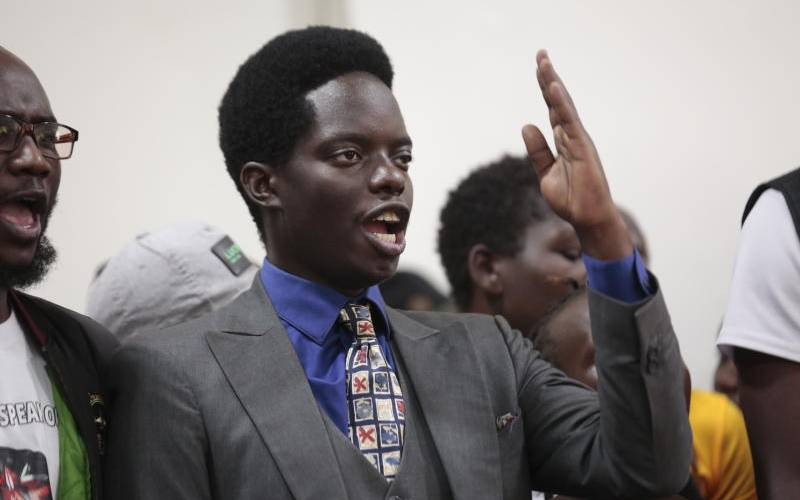Young people’s needs are changing, especially among the unseen majority. But how do we unlock their potential towards meeting their needs?
We must move beyond traditional ideas of meaningful employment, defined by fixed hours, monthly paychecks and office walls. Annually, over 800,000 youth enter Kenya’s job market, but only a fraction secure formal employment. White- and blue-collar jobs are shrinking, and manufacturing has fallen to just between seven and eight per cent of GDP.
The divide we draw between ‘formal’ and ‘informal’ work is one of our greatest missteps. In 2024, 83.6 per cent of employed people were in the informal sector, according to the Economic Survey 2025. This space is vibrant and dynamic, yet still undervalued.
Instead of trying to revive a model that no longer fits, we must invest in what already works for our youth. Today’s young people are expanding what work can look like, proving there are more options if we think differently.
Follow The Standard
channel
on WhatsApp
The internet has accelerated this shift. The jobs once held up as the ideal are no longer as attractive. In their place, the creative economy offers fulfillment, flexibility, and faster returns. Yet the term “creative economy” remains misunderstood. When we hear “creative,” we think of entertainment, but it’s much broader than that. It’s about ideas, innovation, and uniqueness. The creative industries contribute seven per cent of Kenya’s GDP and hold enormous potential. They help create happier and healthier lifestyles, according to the Economy Survey 2023, and strengthen social cohesion, as recognised in the UN Pact for the Future. It fuels hope when young people see that creativity and innovation can translate into meaningful employment.
Digital access and literacy are essential to the solution. With these skills, job access grows and even a single smartphone becomes a powerful tool. Across the country, creators are using platforms like TikTok to reach far beyond their communities, giving them a voice and expanding opportunities. Take the case of Ms Lennah Njoki, with over 630,000 followers, and Mr Brian Wachira, with nearly 450,000, have together attracted more than 13 million likes. They are building influence as dance choreographers and creators, yet Kenyan youth still lack same chances to turn this engagement into meaningful income. Our leaders have pledged to defend the rights of creatives, but more must be done, especially since Kenyans were long excluded from payout features on Facebook and TikTok.
That’s why I joined other community leaders to develop the Youth Digital Inclusion Roadmap, offering practical steps for policymakers to invest more wisely and recognise existing and impactful solutions.
Take United Destiny Shapers in Kisumu, whose digital hub receives 230 visits each day. They have trained 3,000 people in digital literacy and supported the opening of 15 more hubs. In Kiserian, the One Digital Hub led by Rebirth of a Queen offers three-month IT training in computer literacy, coding, web design and graphic design, skills that prepare youth for freelance work.
There’s also Shofco which has built 22 community centres across Kenya, with computers and free WiFi, and has helped 13,000 youth secure employment and access financial products. Unlike public hubs, these stay open after hours, are seen as safe and combine digital training with mental health support, upskilling, job linkages and financial literacy.
The writer is co-founder and CEO of Maono Africa Centre for Transformation
Follow The Standard
channel
on WhatsApp
By Kenneth Owili
